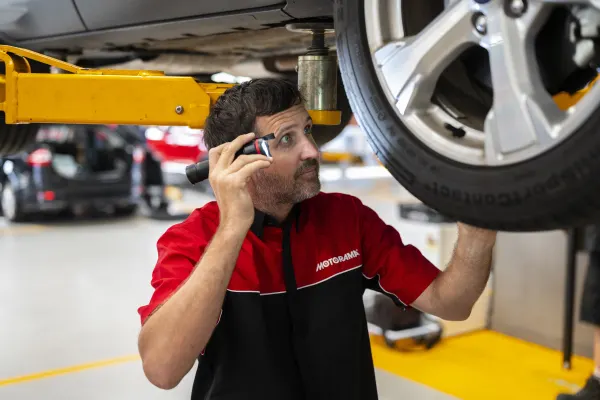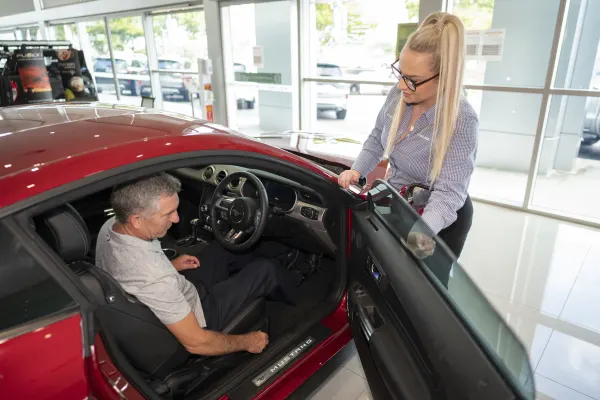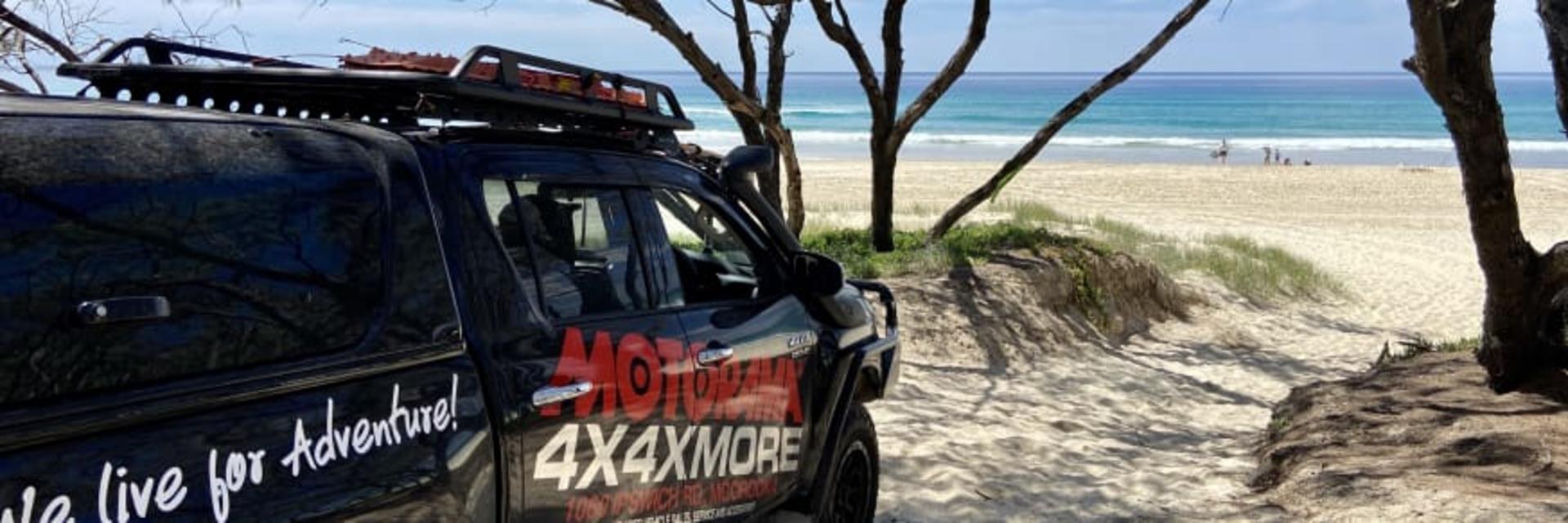
Hitting the Beach in Your 4WD: Choosing the Right Tyres for the Job
Posted in 4x4xmore Adventures
Hitting the Beach in Your 4WD: Choosing the Right Tyres for the Job
Australia is known for its beautiful sandy beaches, sand islands and deserts, which makes off-roading a popular activity for many residents.
If you're planning on exploring the remote parts of this great land, having a reliable ride is crucial, meaning that running the right tyres on your four-wheel drive (4WD) can make all the difference.
In this post, we're going to look at the types of tyres available, how they perform when driving on sand and some tips on how to get the best performance out of any tyre on sand.
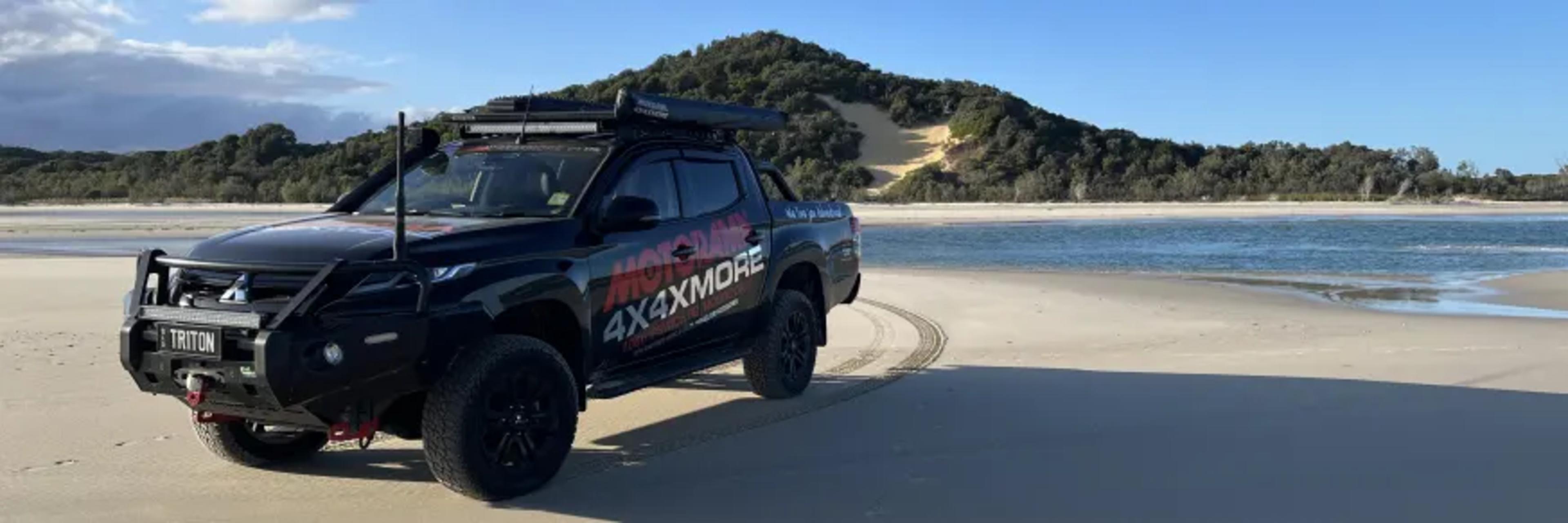
THE MECHANISM OF TYRES TRAVELLING OVER SAND
In terms of the physics of driving on sand, it is generally said that the ideal technique is to "float" across the surface utilising a large contact patch that spreads the vehicle's weight over a larger surface area. One might assume that a wider contact patch will achieve the best performance, however, you will find that a longer contact patch is superior as it allows the tyre to act somewhat like the track of a bulldozer or tank.
MUD TERRAIN TYRES (MT)
Mud Terrain Tyres are often thought of as the bee's knees for off-road driving among 4WD enthusiasts. Designed with off-roading in mind, they feature deep tread blocks and thicker sidewalls to improve durability and traction. However, as the name suggests, the specific terrain they excel on is primarily muddy, uneven terrain where a smoother tyre would fail to gain traction. The deeper tread blocks and aggressive tread pattern enable MTs to dig into slick, muddy surfaces to gain traction, as well as efficiently clear out mud from the tyres in a self-cleaning fashion.
Unfortunately, the flipside of this is that this mechanism can be to the tyre's detriment on soft sandy terrain. As you can imagine, in soft sand, the "digging" action acts like a shovel cutting into the sand beneath the tyres causing them to bog down.
This isn't to say that mud terrain tyres are terrible on the sand. Generally, you'll find that a MT tyre's larger profile means there's more tyre available to create a larger contact patch. They're also more puncture-resistant due to a more robust sidewall. Overall though, if the only off-roading you plan to be doing is on the beach, there are better options out there.
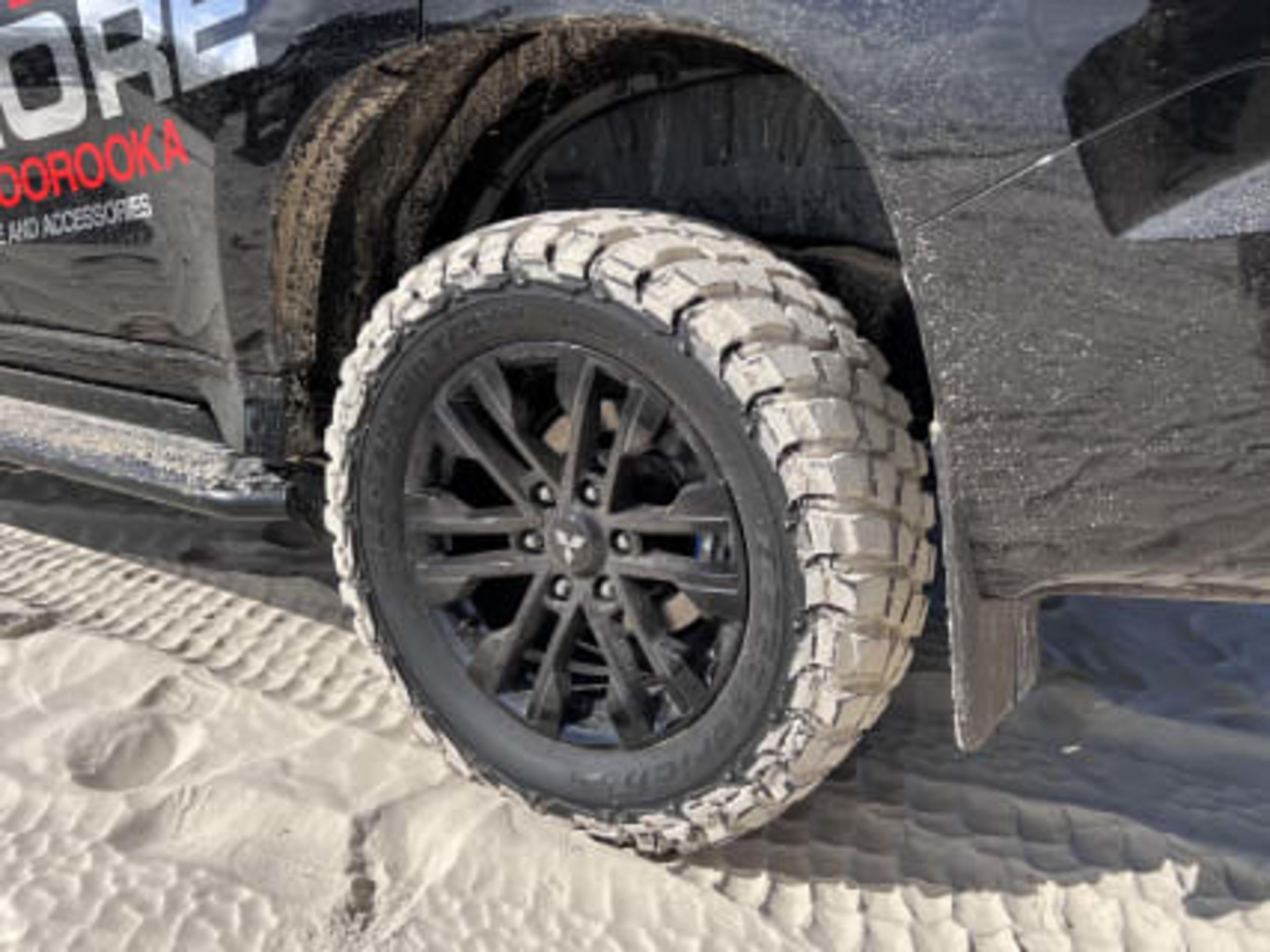
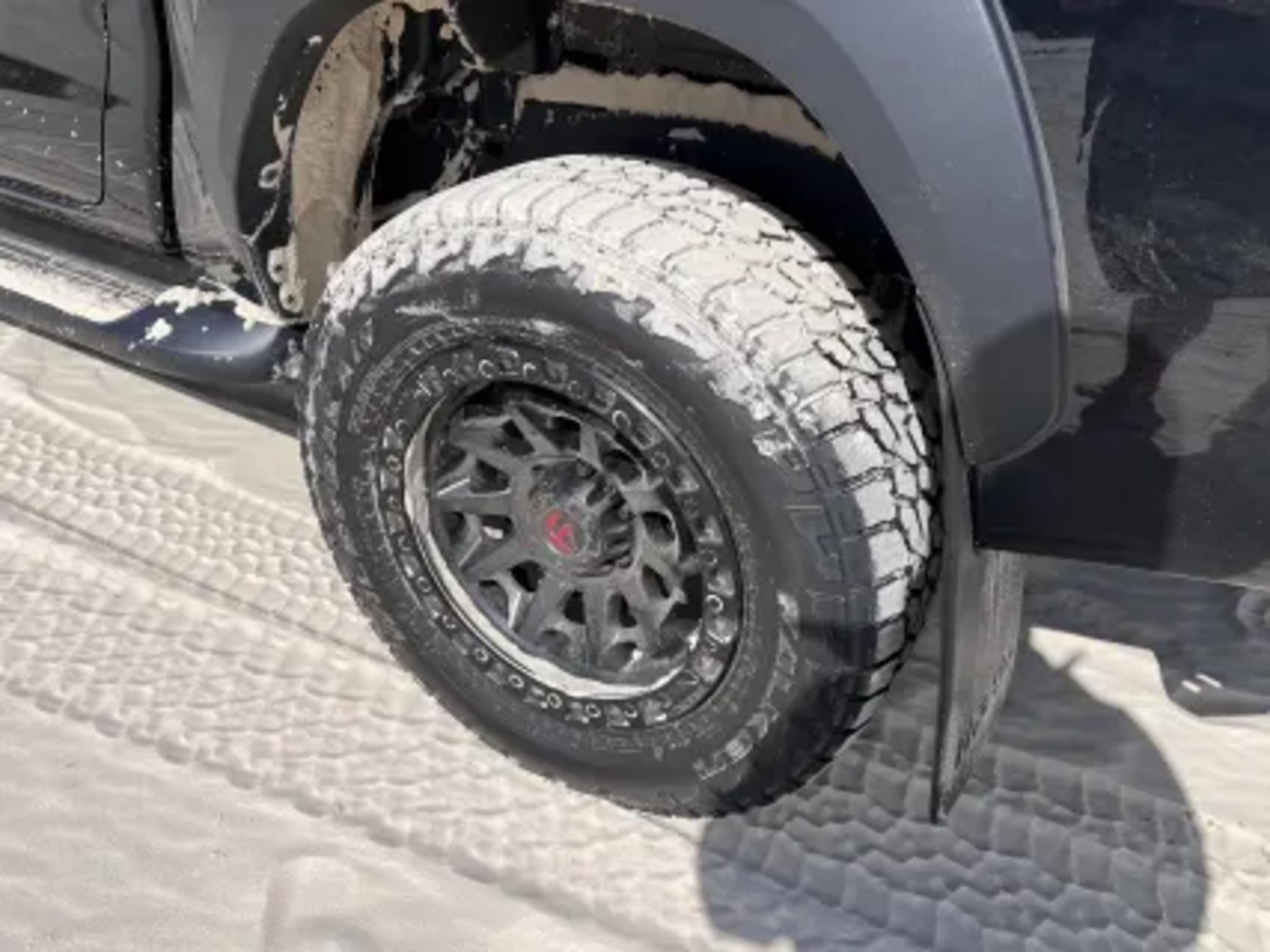
ALL TERRAIN TYRES (AT)
All-terrain tyres are considered to provide the best trade-off between on-road and off-road driving, which is why they're the most common tyre you'll find fitted to a new 4WD. They generally perform better than MT tyres on the sand as they don't feature the deep tread blocks that will dig into the sand. AT tyres will also benefit from strengthened sidewalls much like the MT tyres albeit to a lesser degree.
HIGHWAY TERRAIN TYRES (HT)
Conventional wisdom would dictate that tyres specifically designed for the road wouldn't be much use elsewhere, yet, highway terrain tyres perform surprisingly well on sand. In the same vein as all terrains, they have the ability to float across the sand without bogging down. It is important to note however, that HT tyres don't possess the same reinforced sidewalls as MT or AT tyres and, therefore, it is recommended to use caution when driving over sand that may be littered with sticks or stones.
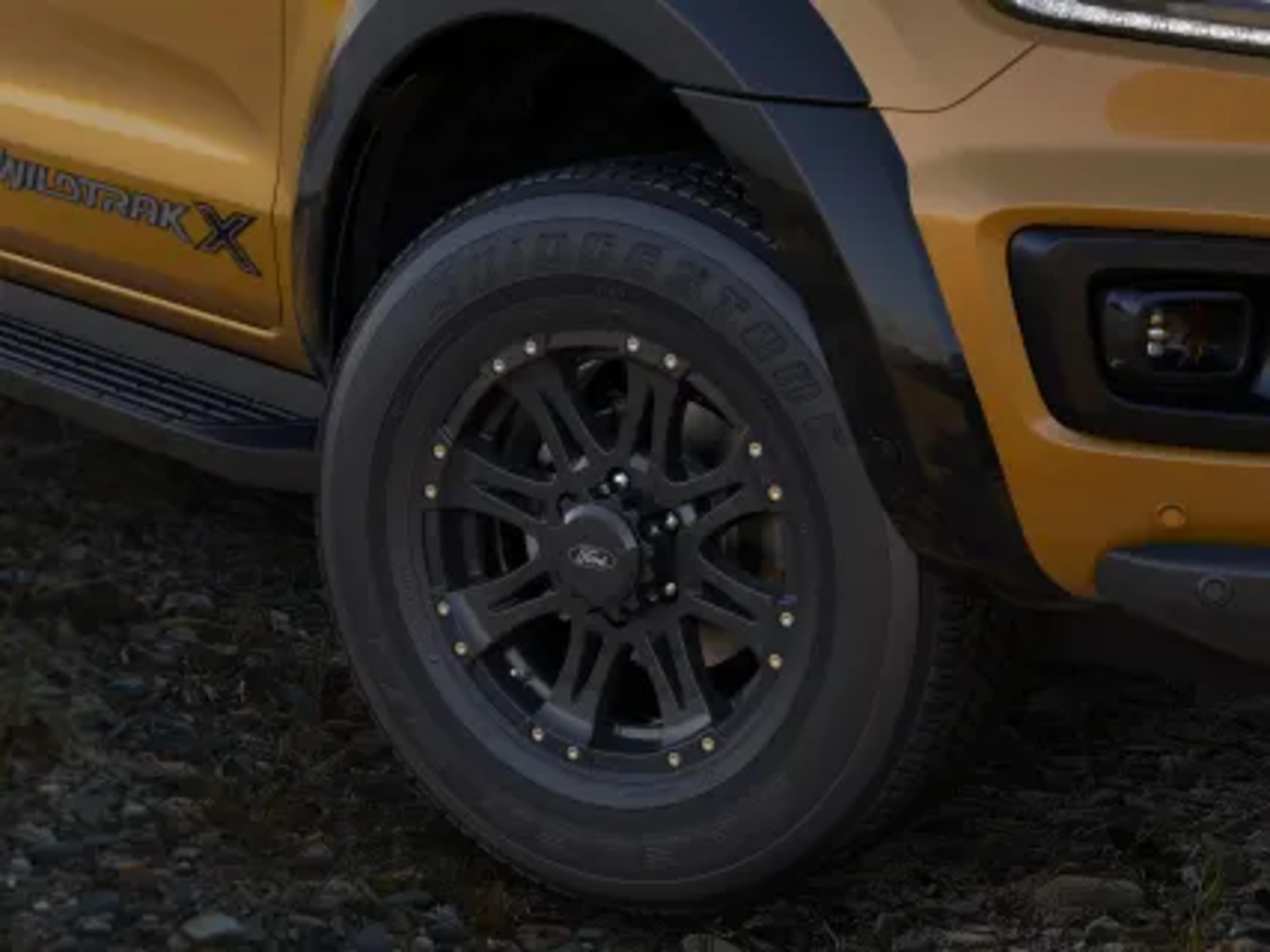
HOW TO GET THE MOST OUT OF ANY TYRE ON SAND
Regardless of the type of tires fitted on your 4WD, you will always achieve the best performance by increasing the size of your tyre's contact patch. Spreading the weight of your vehicle over the greatest surface area possible is your best chance at avoiding a dreaded bogging and there are some universal measures you can follow to boost these chances.
Tyre Pressure
The first, and most common way, to gain a larger contact patch is by reducing the air pressure in your tyres. Most recommendations suggest deflating to somewhere between 16psi and 20psi so soft sand. The lower the pressure of your tyres, the better performance your vehicle will have on the sand, however, when you start getting below 16psi, you run the risk of a tyre rolling off a rim.

Maintaining Speed
You'll find with any kind of offroading, momentum is your friend and the same goes with driving on sand. By maintaining your speed over soft sand, your 4WD will find it easier to float on the surface of the sand. If you decrease your speed, you're likely to start sinking deeper into the soft sand making it more difficult for your 4WD to maintain speed which can then compound the issue and lead to further sinking. You can avoid this by maintaining your revs ensuring consistent power is being sent to the wheels. On top of this, it's recommended to avoid braking suddenly as the weight of your 4WD and the inertia behind it can cause it to bog down into the soft sand beneath your tyres.
Avoid Sharp Turns
Avoiding sharp turns follows the same idea of momentum of maintaining speed where, by turning sharply, your vehicle's inertia wants to continue moving forward while your tyres are pulling it sideways. The soft surface does not allow your tyres to grip as it would on bitumen meaning you end up pushing your tyres sideways across the sand causing more resistance than necessary. On top of this, if you're following the advice about running lower tyre pressures, performing a sharp turn runs the risk of rolling a tyre off a rim.
Overall, the type of tyres you're running on your 4WD may have a minor effect on its driving performance on the sand, however, this effect is almost always negated by driving in a manner suited to the terrain.
If you're looking for a new set of tyres for your 4WD, Motorama has you covered, but its good to know that if your current set is in good nick, you don't have to replace them to be able to enjoy venturing on the sand. If you stick to the above recommendations, you'll have a good chance of avoiding any major trouble.

